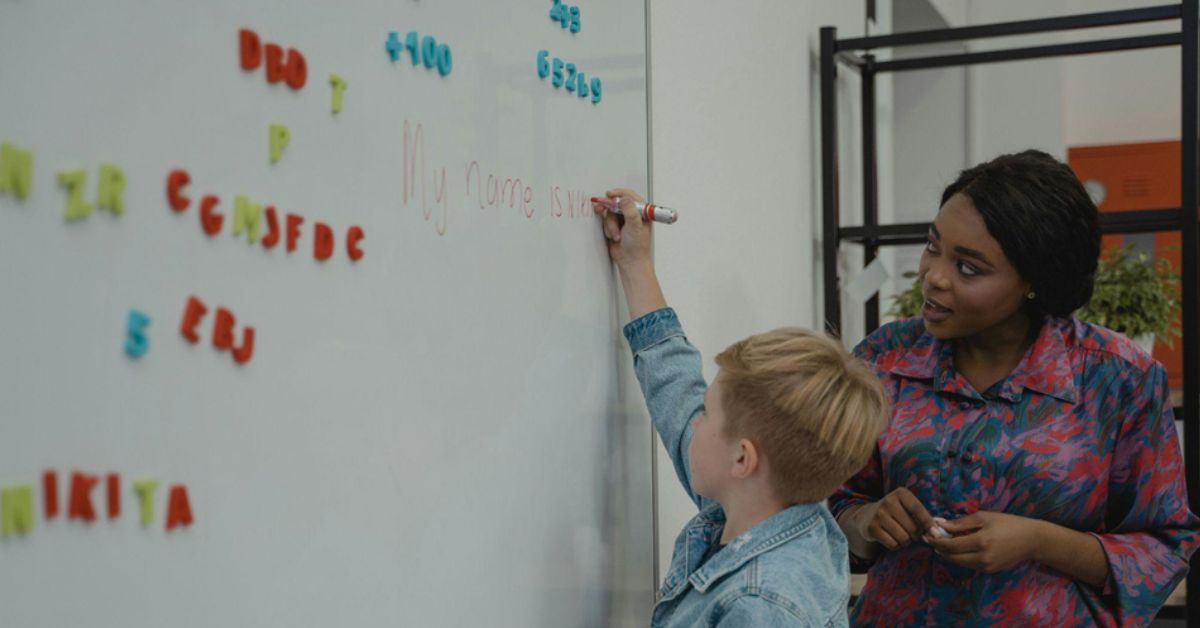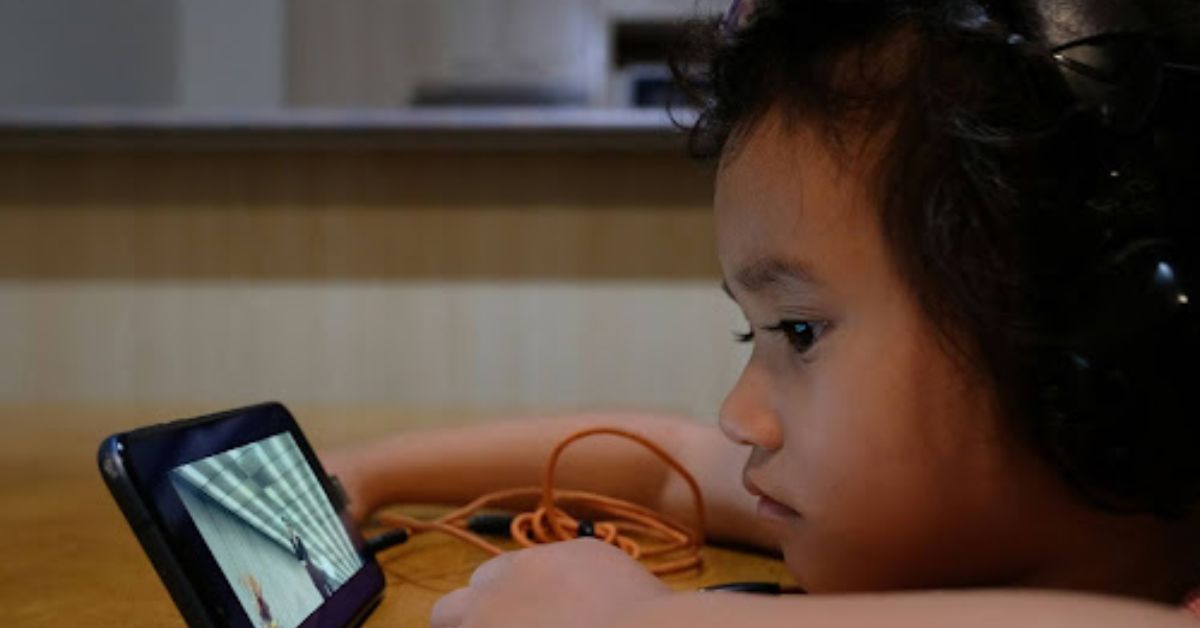Becoming an elementary school teacher is about more than just knowing the curriculum. It’s about shaping young minds and helping them grow academically, socially, and emotionally. Teaching requires a mix of knowledge, patience, creativity, and, most importantly, specific skills that ensure every student has a positive learning experience.
Whether you’re new to the field or looking to improve your teaching, understanding these important skills is key to making an impact.
- Classroom Management Techniques
Classroom management is the backbone of an effective learning environment. A well-managed classroom fosters respect, cooperation, and focus, making it easier for both students and teachers to thrive. For new teachers especially, mastering this skill can feel like a steep learning curve, but it is crucial for long-term success.
An essential part of classroom management is setting clear expectations. Students need to understand the rules and consequences from the beginning. Teachers should also be consistent in enforcing these rules, as inconsistency can confuse students and undermine authority. Using positive reinforcement, such as praise or rewards for good behavior, encourages students to meet expectations.
Another key element is developing a sense of structure and routine. When students know what to expect, they feel more secure and are better able to focus on learning. Many teachers gain these skills through experience, but formal education can also be beneficial. For instance, earning an online master’s in teaching elementary often includes training in effective classroom management strategies, preparing educators to handle real-world challenges with confidence.
- Understanding Child Development
One of the most important skills for elementary teachers is understanding child development. Children at this age go through significant cognitive, emotional, and social changes. Teachers need to know how to recognize these milestones to tailor their instruction effectively. For instance, a second grader will have different needs and abilities compared to a fifth grader.
This knowledge helps teachers connect with their students in meaningful ways. They can better identify when a child is struggling with a concept because of developmental challenges or other factors. Teachers who understand child development can also design lessons that align with students’ capabilities, ensuring the material is engaging and not overwhelming.
- Effective Lesson Planning
Lesson planning is about more than filling a day with activities. It’s about ensuring that each lesson has a clear purpose and aligns with specific learning objectives. Good lesson plans are structured, flexible, and adaptable to meet the needs of diverse learners.
Teachers should include a mix of activities to engage students with different learning styles, such as visual, auditory, and kinesthetic. For example, a math lesson might incorporate manipulatives for hands-on learners, group discussions for verbal learners, and visuals like charts for those who learn best through images. Differentiating instruction ensures every child can succeed.
Assessment is another critical component of lesson planning. Teachers need to include ways to measure understanding, whether through quizzes, group activities, or individual projects. This not only helps track progress but also allows teachers to adjust their methods if students aren’t meeting goals.
- Communication and Collaboration
Strong communication skills are vital for building relationships with students, parents, and colleagues. Elementary school teachers must be able to explain complex ideas in simple, age-appropriate ways. They should also encourage open dialogue, ensuring that students feel heard and understood.
Collaboration is equally important. Teachers work closely with parents, special education staff, and administrators to support student success. For example, discussing a child’s progress with their parents provides insight into any struggles they may face at home or school. Building these connections helps create a support system for each student.
Clear communication is also essential when working with colleagues. Whether it’s sharing lesson ideas or coordinating schedules, effective teamwork ensures that the school operates smoothly. Teachers who communicate well foster a positive school environment for everyone.
- Technology Integration in the Classroom
Today’s classrooms are more technology-driven than ever before. Teachers must know how to integrate digital tools into their lessons to keep students engaged and enhance learning. From interactive whiteboards to educational apps, technology can make lessons more dynamic and interactive.
For example, using an online platform for quizzes or group activities allows students to learn collaboratively while also improving their tech skills. Tools like virtual field trips can bring concepts to life, giving students experiences they might not have otherwise.
However, it’s important for teachers to use technology thoughtfully. Not every tool is appropriate for every lesson, and overuse can distract from learning objectives. Staying updated on the latest educational technology trends ensures teachers can select tools that genuinely benefit their students.
- Building Cultural Competence and Inclusivity
Elementary classrooms are often diverse, with students from various cultural, linguistic, and socioeconomic backgrounds. Teachers must create inclusive environments where every child feels valued and respected. This starts with understanding students’ unique experiences and adapting teaching methods to meet their needs.
For example, incorporating diverse books into reading assignments helps students see themselves reflected in the curriculum. Celebrating different holidays and traditions in the classroom fosters an appreciation for diversity. Teachers can also encourage discussions about inclusivity and empathy, helping students build critical social skills.
Cultural competence also involves recognizing and addressing biases. Teachers should reflect on their own assumptions and strive to treat every student fairly. Professional development programs often provide training in culturally responsive teaching, which can be invaluable for creating an inclusive classroom.
Elementary teaching is both challenging and rewarding. Mastering these essential skills—child development, classroom management, lesson planning, communication, technology use, cultural competence, and professional growth—ensures that teachers are well-equipped to guide their students toward success.
By continually honing these abilities, educators can make a lasting impact on their students’ lives while finding fulfillment in their own careers.











